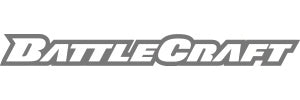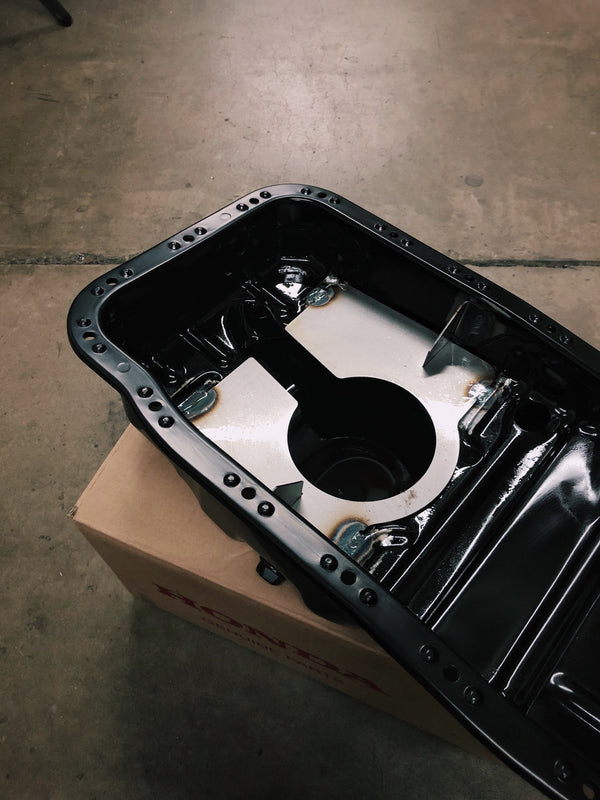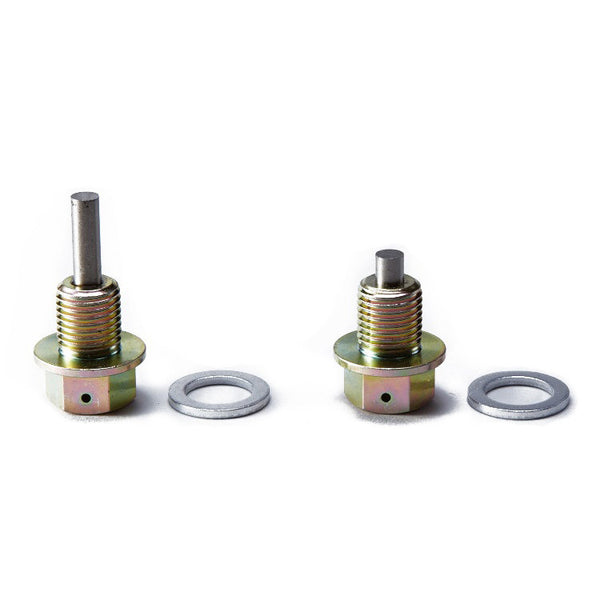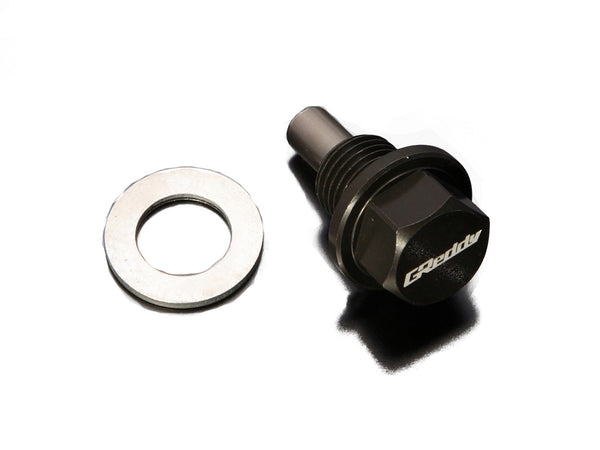Fluidampr Harmonic Balancers (for Toyota and BRZ)
Fluidampr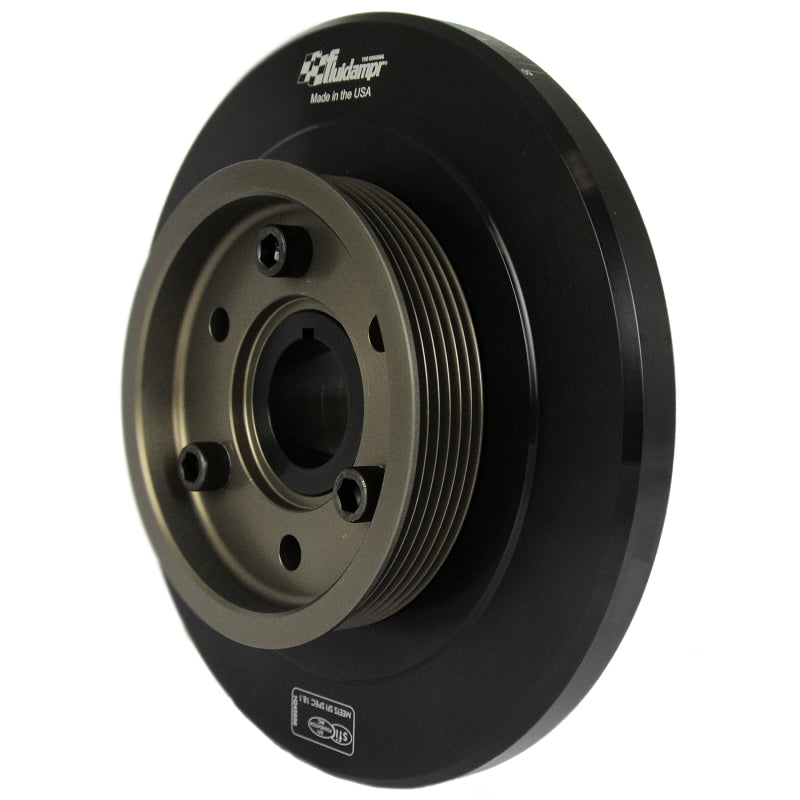
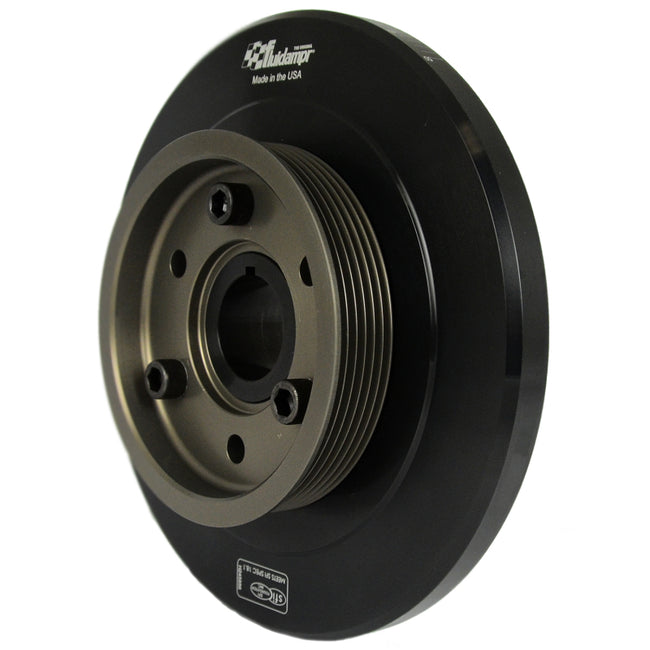
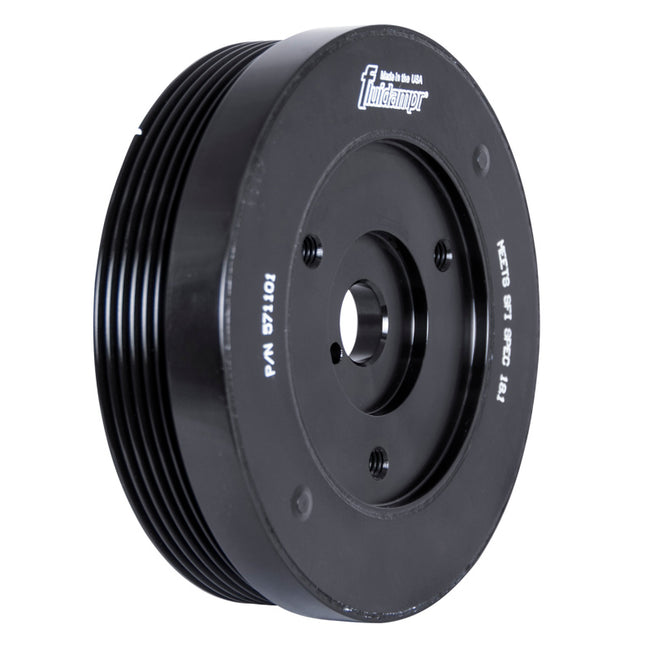
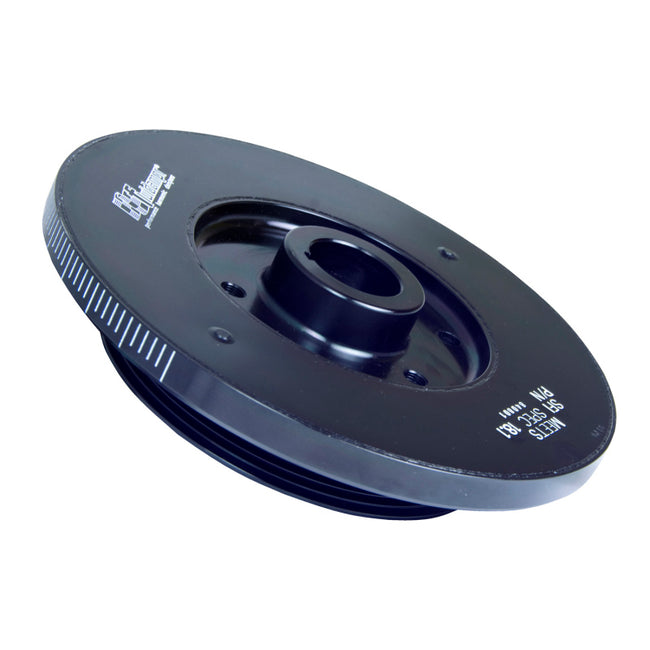
FREE SHIPPING within the USA
Normal stock dampers wear out and engine performance upgrades increase naturally occurring harmful crankshaft torsional vibrations. Install a Fluidampr viscous damper to reduce wear on the main bearings and timing gear, achieve more accurate valvetrain operation, and lower the risk of crank failure. Unlike rubber based dampers, Fluidampr automatically adapts to any engine modifications and constantly self-tunes in real time to protect across the entire RPM range. Features precision machined and computer balanced components that never need to be tuned or rebuilt.
Fluidampr Engine Dampers are designed to control destructive vibrations which are transferred thru the crankshaft. Each time the air/fuel mixture inside a cylinder is ignited, the combustion that occurs creates a torque spike that is applied to the crankshaft through the piston and rod. This torque spike is so severe that it not only turns the crankshaft, it actually twists the crankshaft ahead of its normal rotation and then the crankshaft rebounds. This twisting action is known as torsional vibration. When these torque spikes and forces get into phase with the natural frequency, critical torsional harmonic vibrations occur and can be seriously destructive to the bearings and the crankshaft. Dampers are designed to control those destructive vibrations. Critical harmonic vibrations occur numerous times in an engine’s operating range. Stock rubber and elastomer-type dampers are frequency sensitive “tuned absorbers”, and work at only one critical frequency. In the case of a stock rubber damper, it is tuned for a factory engine’s critical harmonic vibrations. If you change the mass of pistons, rods, or the crankshaft, you change the natural frequency of the crankshaft assembly; therefore, the stock damper is no longer tuned to the new frequency of vibration, and you may be headed for early failure of expensive engine components. Dampers also create heat while they work, and rubber is a poor dissipator of heat. This heat and the exposure to the elements deteriorates rubber, causing it to crack and change durometer, which then leads to inertia ring slippage, damper failure, uncontrolled torsional vibration, and costly engine parts breakage.
